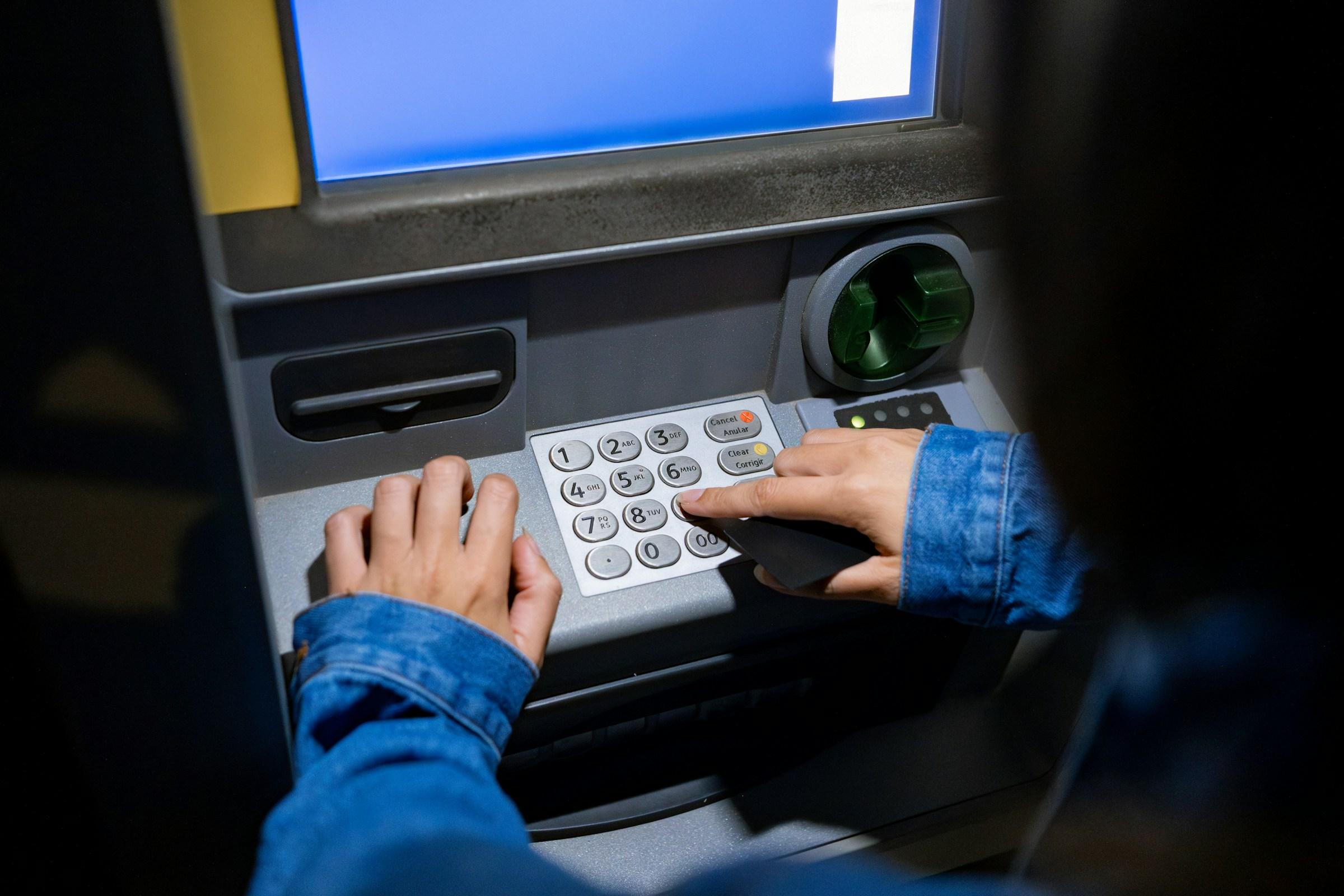Do banks hate BNPL in 2025? The short answer is no. Banks do not hate BNPL. They dislike anything that dilutes pricing power or obscures risk, and BNPL has done both for a few years. Yet hatred is not a strategy. What you see instead is a slow rebalancing between banks and fintechs, with each side learning where it can own the customer relationship and where it should be the utility behind the scenes. From a personal finance lens, the real issue is not whether banks like or dislike BNPL. The issue is whether the product aligns to the way your cash flow and goals actually work.
Start with why BNPL unsettled banks in the first place. For decades, banks earned steady economics from credit cards, personal loans, and overdrafts. Revolving balances brought interest income. Interchange fees and annual fees brought non interest income. Underwriting sat on top of bureau data and internal histories. BNPL arrived and told shoppers they could split a purchase into four equal payments with no interest and minimal friction. Merchants saw higher conversion and larger basket sizes. Consumers felt less psychological pain at checkout. The bank did not lose the customer overnight, but it did lose the clean line from discretionary spending to card profitability. That line mattered.
Now look at BNPL from the bank balance sheet. When a consumer uses pay in four with a zero interest plan, someone still finances the receivable. If it is a fintech front end, it either funds those short receivables with wholesale credit or securitizes them. If it is a bank partner behind the scenes, the bank gets asset growth and some yield, but not always the full relationship or the data. Yield without data is not attractive for long. Data without yield is also not attractive for long. The ideal for a bank is to win both, or at least to use one to secure the other over time.
This is why you see three responses from banks. The first is imitation. Banks have launched card linked installment features that let you convert a purchase into fixed payments after the fact. These plans keep the transaction on the card rails and use the bank’s own risk models. The second response is partnership. Banks underwrite or purchase BNPL receivables from fintechs to gain yield and a view into the book, while the fintech keeps its brand at checkout. The third response is pricing. Banks raise annual percentage rates on revolving balances, adjust rewards economics, or nudge customers toward installment options that fit the bank’s risk appetite. None of this is about hate. It is about adaptation.
So what does that adaptation mean for an individual household. Think about your spending and debt in three layers that operate over different time frames. The first layer is your daily cash flow for groceries, transport, and small purchases. The second layer is your short term smoothing for mid sized items like appliances, school fees, or a weekend flight. The third layer is your long term obligations for housing, education, retirement saving, and insurance. BNPL tries to live in the second layer by turning a mid sized purchase into a small sequence of payments. When used sparingly, that can reduce the spike that would otherwise strain your monthly plan. When used repeatedly across many merchants, it migrates into the first layer and becomes a series of overlapping commitments that hide in plain sight. This is where budgets break. The product is not wrong. The placement is.
There is also a perception gap about cost. Many pay in four plans do not charge interest to the consumer. That sounds friendly, so people assume the plan is free. It is not free to the system. Merchants pay a higher fee to the BNPL provider to capture conversion and basket lift. The merchant then prices that cost across all customers or accepts a lower margin. The bank’s card loses the transaction or gets converted into an installment, which changes its economics. Consumers who stick to the plan pay nothing extra, but those who miss a payment may face late fees or get swept into a longer tenor with interest. A product that looks free at checkout can still land in your budget with real costs if your cash flow is already tight.
Banks claim that BNPL weakens risk signals. There is some truth to this, especially when installment obligations do not immediately show up in mainstream credit files or when they show up in a fragmented way. If a lender cannot see the full picture, it can underprice risk and then overreact when delinquencies rise. Fintechs counter that BNPL is safer because the ticket sizes are smaller and tenors are short. There is some truth here too, particularly for pay in four with firm limits. The reconciliation comes down to integration. When obligations are visible, limits are sensible, and collections are consistent, both sides can price the risk more fairly. When obligations are hidden across many apps and accounts, everyone prices by guesswork, and the guesswork becomes expensive.
Merchants sit at the center of this tug of war. They want customers to convert and to spend a little more. BNPL helps that, which is why you see the product featured so prominently at checkout. Banks want to remain the default wallet, both online and at the physical point of sale. This is why you see card linked installments and flexible payment plans marketed as features, not separate products. Consumers want convenience and predictability. This is why you see adoption remain high even when interest rates are elevated. The triangle only becomes stable when the repayment rails are simple, data is shared enough to protect against over lending, and the consumer can see the true monthly picture in one place.
From a planning perspective, the best way to think about BNPL is by timeline and purpose. If you can pay an expense in full without eroding your monthly savings goals, that is still the cleanest path. If splitting a one time cost into four payments helps you avoid dipping into your emergency buffer or incurring card interest, it can be a practical tool. If you begin stacking several plans that overlap into the next pay cycle, pause and compute the real monthly load. Write down each plan’s remaining payments, the dates, and the total outstanding. Add that to your other fixed commitments like rent, utilities, transport, and insurance. If the sum pushes your savings contribution below your target for more than one month, you are no longer smoothing cash flow. You are borrowing future paychecks to fund present lifestyle. That is the moment to step back.
One complication is the difference between promotional installments and evergreen ones. A promotional plan with a clear end date and clear fee schedule behaves like a short personal loan. An evergreen card linked installment feature can be useful, but it relies on you to choose the right tenor each time and to track what remains. The bank will make this easy to do but it will not make it hard to forget. Your countermeasure is to build a monthly ritual. On the first weekend of each month, list every installment with amount, date, and final payment. Treat it like a mini amortization diary. It takes ten minutes and can save you months of quiet drift.
Another complication is returns and refunds. BNPL is more complex than a straightforward card refund because the plan may continue until the merchant confirms the return. If a refund is partial, you may owe the next installment while the adjustment is pending. This is not a reason to avoid BNPL. It is a reason to keep receipts and to monitor the app and your email for status changes. When a refund is not reflected quickly, contact the provider early. Speed matters because payment due dates do not wait for support tickets.
What about your credit profile. In some markets, BNPL usage is now visible to bureaus, either through direct reporting from providers or through bank originated installment products. Visibility is good when your behavior is sound because it shows a track record of commitments met on time. It is harmful when plans are missed or when an underwriter sees too many overlapping obligations relative to income. Since this reporting varies by country and by provider, you should assume that your usage can be seen and that prudent behavior helps you while overuse hurts you. Plan as if the data will surface at the worst possible moment, such as a mortgage application.
If you are comparing products, pay attention to three variables that do not always sit in the headline. The first is fees, including late fees and rescheduling fees. The second is collections posture, which determines how the provider behaves if you miss a payment. The third is data portability, which signals whether your repayment track record will help you with mainstream credit in the future. Products that are generous on the surface but punitive on collections are not your friend. Products that are modest on the surface but build a visible history can be worth more than their incentives suggest.
Back to the opening question. Do banks hate BNPL. They do not. They are building their own versions, partnering where it makes sense, and adjusting card economics to keep the system coherent. For households, the smart move is to treat BNPL as a tool that belongs in a narrow part of the budget. It should help you manage a few specific purchases without distorting your monthly saving and investing rhythm. It should never become a parallel wallet that turns your life into a series of small payments you no longer see.
If you work across borders, remember that product rules and reporting differ. In Singapore and Hong Kong, providers and regulators have moved toward clearer caps, disclosures, and guidance on late fees and suitability. In the UK, regulatory attention has grown because consumer usage rose fast and reporting was uneven. These differences matter if you travel or shop across apps with accounts tied to different domiciles. Keep your primary financial plan anchored in your home market rules and add foreign usage as a small satellite, not a core.
There is a quiet upside to all this. BNPL pressure has forced banks to make installment functionality more usable, to surface payment schedules more clearly, and to add budgeting tools inside their apps. It has also forced fintechs to strengthen risk controls, merchant refunds, and customer support. Healthy competition can deliver better guardrails for you. You can use those guardrails deliberately by choosing one main wallet, one main card, and one installment provider for the few times you need it. Consolidation reduces the chance of blind spots.
Your decision test is simple. If BNPL helps you keep your savings and protection plan intact, it has done its job. If it crowds out retirement contributions, insurance premiums, or the rainy day fund, it has failed your plan even if every payment is interest free. The difference often comes down to visibility. What you do not track will feel harmless until it suddenly is not. What you track intentionally will either fit or it will not, and you will know early.
Banks will continue to evolve their response. Some will deepen partnerships. Some will lean on card linked installments. Some will raise or retune fees that subsidized rewards when rates were lower. These are not moral judgments. They are balance sheet adjustments. Your role is to keep your own household balance sheet steady. That means separating the convenience of spreading a cost from the comfort of pretending the cost is smaller. It means using a few tools well rather than many tools carelessly. It means giving your long term goals the first claim on each paycheck, and letting short term products work around that claim, not against it.
So do banks hate BNPL? No. Banks dislike opacity and unpriced risk. As those fade, cooperation increases. If you align your usage with that same principle, your plan benefits. You do not need to avoid BNPL entirely. You need to make it visible, finite, and secondary to your savings and protection goals. The smartest plans are not loud. They are consistent.



-1.jpg)








.jpg&w=3840&q=75)

